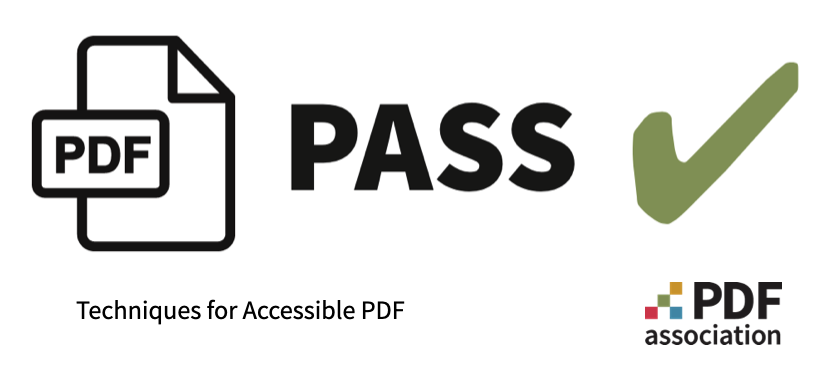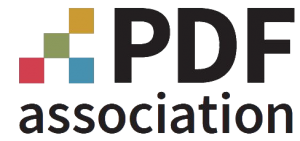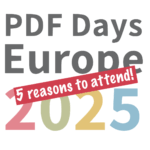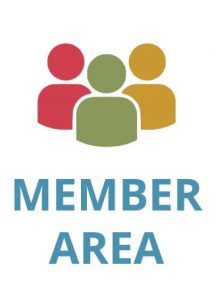BETA release
G2_05 Graphics representing text correctly tagged
PDF105, PASSUse case(s): Fundamental 2: Text
Last updated on April 21, 2025
Description
The objective of this technique is to show how to tag non-text content that is intended to be consumed as text. In this example, graphics were used to place the word "paragraph" on the page, instead of text objects. To make the characters of this graphic extractable, ActualText on a separate Span tag is used. The ActualText matches the visual appearance of the related graphics.
Note: The Span tag is always the recommended choice if ActualText is required because ActualText removes the semantics of tags. In spite of the previous statement, ActualText may also work when the tag is one of the following: Lbl (outside of List structures), P, BibEntry, BlockQuote, Caption, Code, Note, Quote. However, ActualText should never be assigned to other tags.
Note: This passes PDF/UA requirements but not WCAG 1.4.5. Images of text are not allowed in WCAG.
Download(s)
These minimal examples are designed to express a single Technique. Effective use requires software that supports Tagged PDF.
Test(s)
Expected Results
Checks #1 through #4 are all true.
Procedure
- Check that the related characters are present as extractable characters for content intended to be consumed as text.
- Check that Unicode can be derived for any text content.
- Check that the extractable characters match their visual appearance.
- Check that the natural language is set for any text content.
Application to WCAG 2.x
This Technique addresses the following WCAG 2.x Success Critieria:
Matterhorn Protocol
The Matterhorn Protocol 1.1 provides an algorithm for conformance with PDF/UA-1. Matterhorn checkpoint(s) (human or machine) relevant to this use-case:
 01-006
01-006 08-001
08-001 08-002
08-002 10-001
10-001 11-001
11-001 11-002
11-002 11-006
11-006 13-001
13-001 13-004
13-004 13-005
13-005 13-008
13-008
Accessibility Technique Support Finder
Accessibility Technique Support Finders allows you to quickly locate software and services that claim to support a given Technique. Simply search the internet with a given technique’s finder together with the name of your product.
The technique finder for this Technique is: UA1_Tpdf-G2_05
NOTE: the “technique support finder” concept was introduced in January 2025; please allow time for adoption.

Related Techniques
All use cases
Visit the PDF Accessibility LWG’s public GihHub repo
List of All Techniques



